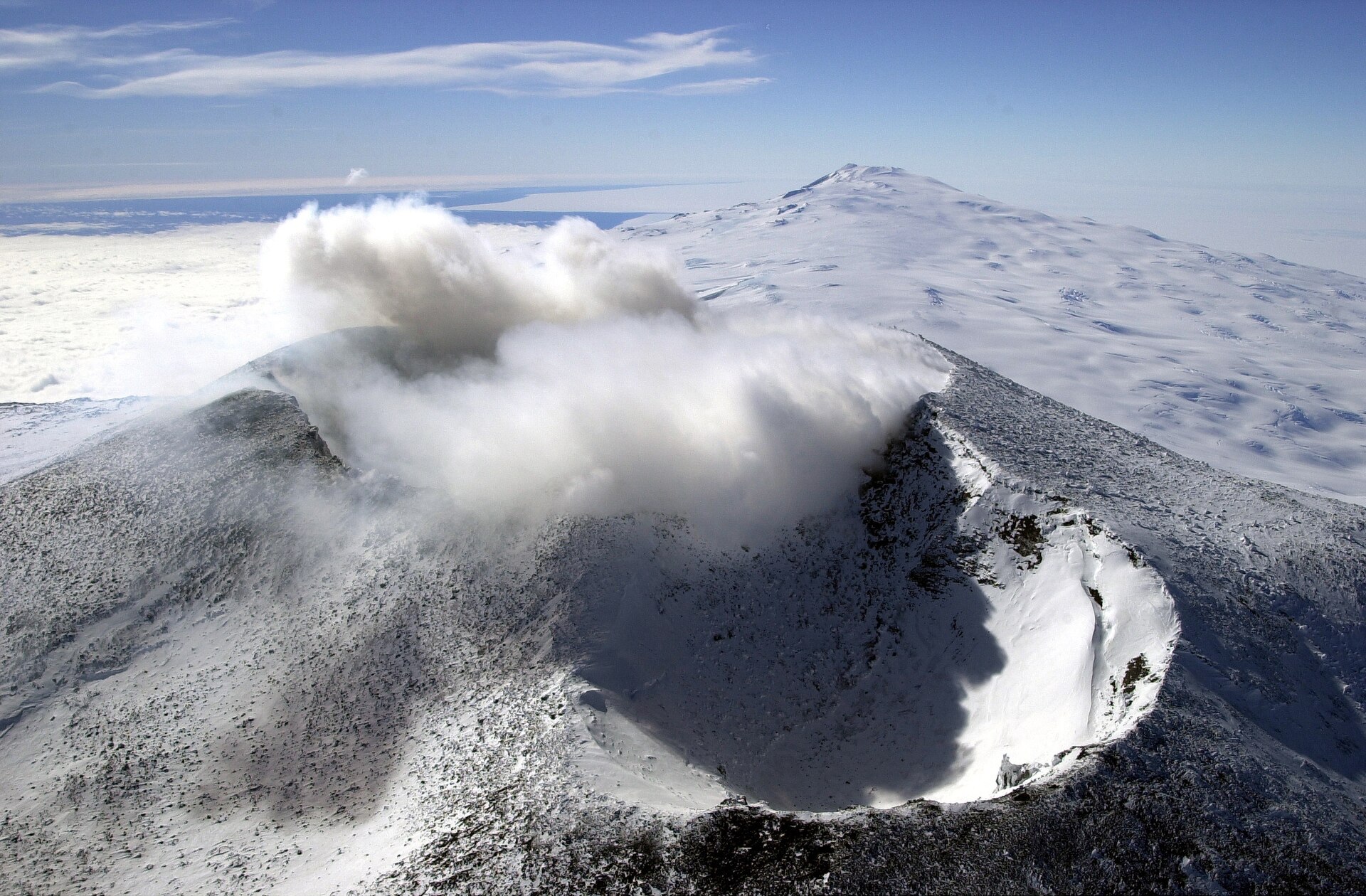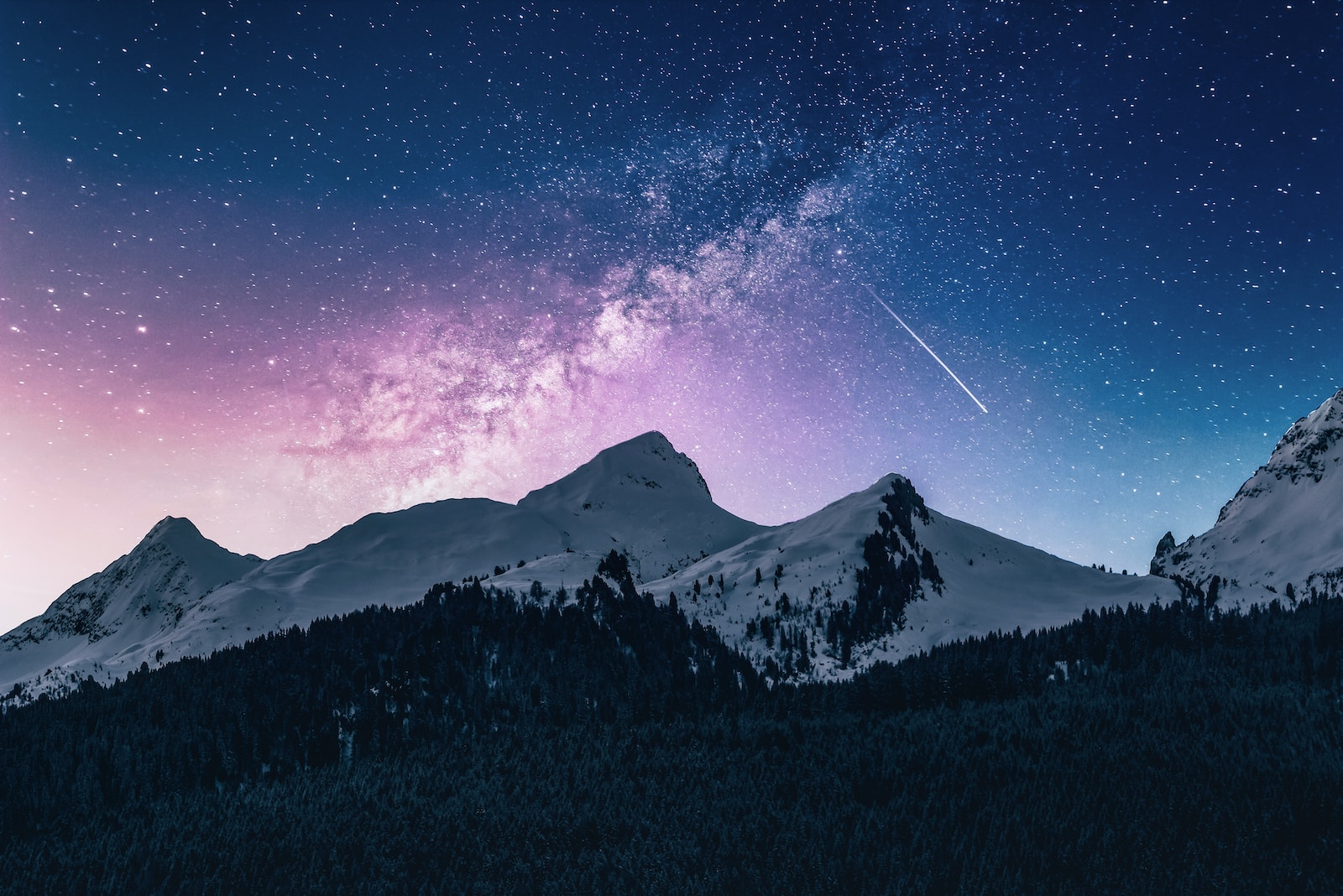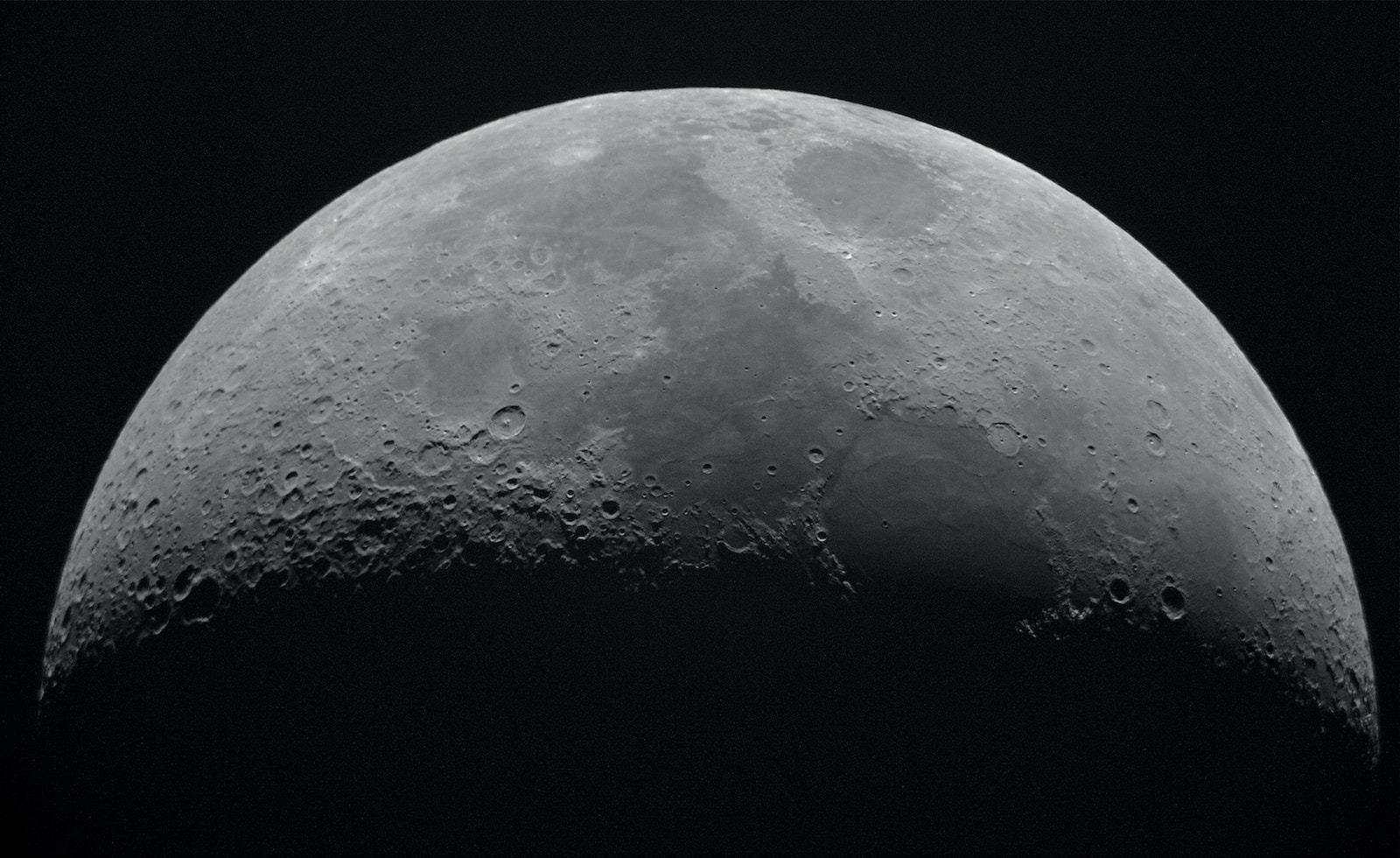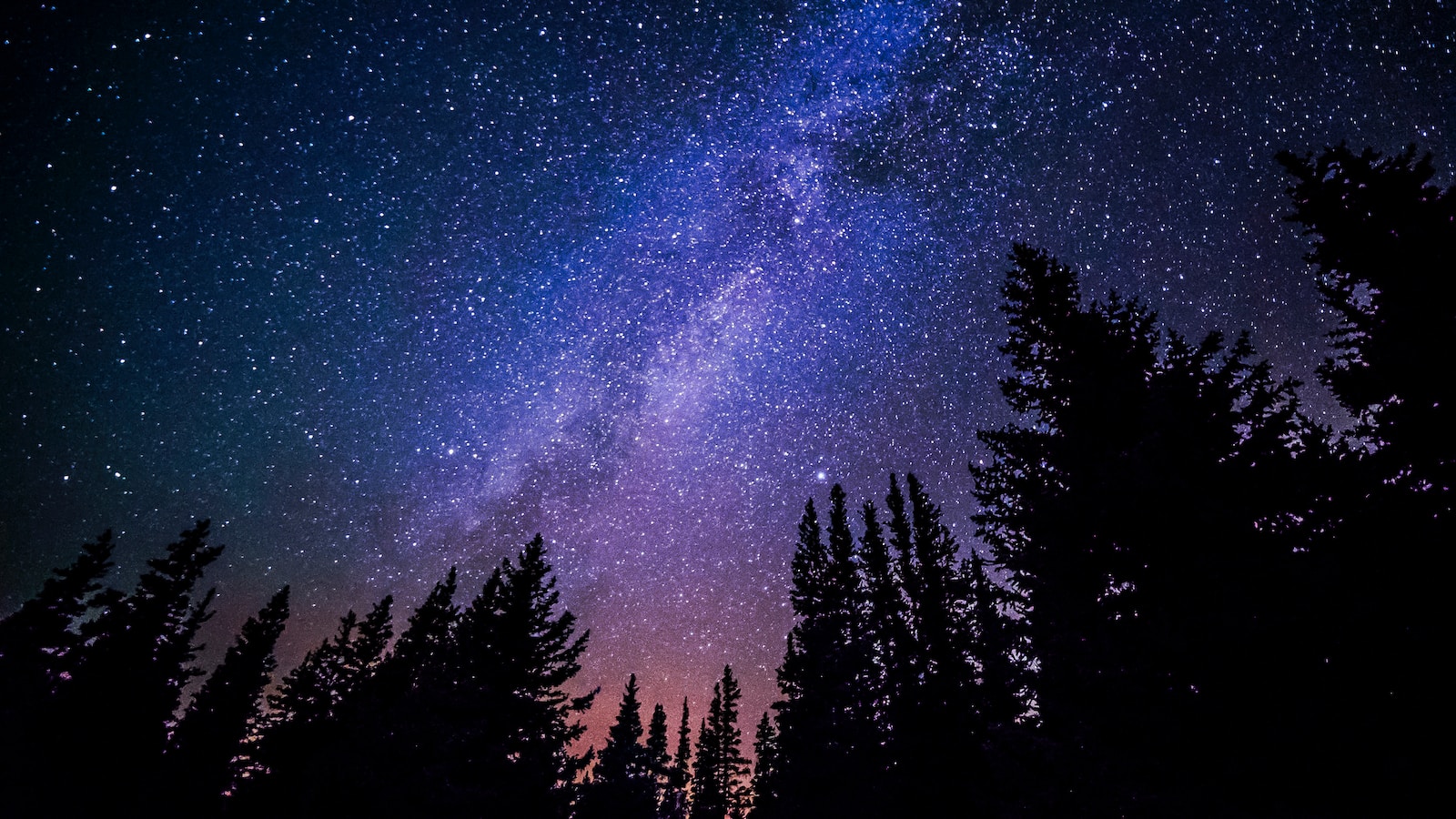Welcome to Frozen Frame: The Stunning Mount Erebus, your window into the unique challenge of photographing this breathtaking active volcano in Antarctica. Join us on a journey to discover the mesmerizing landscapes, fascinating wildlife, and the sheer beauty that emanates from this Southernmost wonder. Prepare to be captivated by the intricate geology and the sheer force of nature that makes Mount Erebus a photographer’s dream. Let’s delve into the world of landscape photography and uncover the secrets that lie within Antarctica’s frozen realm.
Table of Contents
- Capturing Mount Erebus: A Photographer’s Paradise
- A How To Guide: Photographing Mount Erebus
- Frequently Asked Questions
- 1. Where is Mount Erebus located?
- 2. What makes Mount Erebus unique for landscape photography?
- 3. Can you capture wildlife in your Mount Erebus photographs?
- 4. Is it safe to photograph an active volcano like Mount Erebus?
- 5. What is the best time of year to photograph Mount Erebus?
- 6. How can I capture the unique geology of Mount Erebus in my photographs?
- 7. Are there any photography restrictions around Mount Erebus?
- 8. What equipment do you recommend for photographing Mount Erebus?
- 9. Can I visit Mount Erebus as a tourist?
- 10. How can I learn more about photographing Mount Erebus?
- Wrap Up
Capturing Mount Erebus: A Photographer’s Paradise
Mount Erebus is an active volcano located in Antarctica. Specifically, it is situated on Ross Island, which is part of the Ross Sea region of Antarctica. Mount Erebus is the southernmost volcano on Earth and is known for its persistent volcanic activity, including the emission of gases and occasional eruptions.
The volcano’s summit reaches an elevation of approximately 3,794 meters (12,448 feet) above sea level, making it one of the highest mountains in Antarctica. Mount Erebus is notable for its lava lakes, which are rare geological features found at the summit crater. Researchers and scientists from various countries conduct research and studies on the volcano, taking advantage of its unique geological characteristics and the extreme environment of Antarctica.
The Magnificent Peak
Mount Erebus stands tall, commanding attention with its majestic presence. As one of the few active volcanoes in the world, it offers a unique opportunity for photographers to capture the raw power of nature. The stark contrast between the icy surroundings and the vibrant hues of the volcano creates a mesmerizing visual spectacle that is truly awe-inspiring.
The Challenging Environment
Photographing Mount Erebus presents an array of difficulties due to the extreme Antarctic conditions. Be prepared for sub-zero temperatures, biting winds, and ever-changing weather patterns. Yet, this environment is what adds a sense of adventure and uniqueness to every frame captured. When facing these challenges head-on, you’ll experience the exhilaration of capturing a landscape like no other.
The Enigmatic Wildlife
Antarctica’s wildlife is as varied as it is captivating. From majestic penguins waddling across the frozen terrain to magnificent seals basking in the sun’s golden rays, the wildlife surrounding Mount Erebus provides an enchanting backdrop for your photographs. Patience is key when seeking those perfect shots, as the animals move gracefully through their icy habitat, offering glimpses of their natural behavior and providing countless opportunities for stunning wildlife photography.
A Geological Wonderland
Mount Erebus is not only visually captivating; it also holds secrets in its unique geology. This volcano boasts a rare lava lake, making it an ideal location for capturing the incredible textures and formations created by volcanic activity. The play of light and shadow on the rugged landscape lends itself to striking compositions, showcasing nature’s artistic prowess right before your lens.
Mount Erebus is the southernmost active volcano on Earth and has been continuously erupting since 1972, making it a living, breathing example of the planet's geothermal activity.
Preparing for the Adventure
As you embark on your journey to photograph Mount Erebus, proper preparation is vital. Make sure to pack sturdy cold-weather clothing, reliable camera equipment, and extra batteries, as the freezing temperatures can quickly drain power. Additionally, familiarize yourself with the guidelines and regulations in place to respect both the environment and the wildlife that call this pristine wilderness home.
The Art of Capturing an Active Volcano
Photographing an active volcano brings its own set of considerations. Understanding the behavior of Mount Erebus and the safety precautions necessary to photograph its eruptions is crucial. A blend of technical expertise and artistic intuition will enable you to capture breathtaking shots that showcase the raw beauty and power of this geological phenomenon.
Preserving the Moment
The images you capture of Mount Erebus will forever encapsulate the beauty and wonder of this unique destination. Consider sharing your photographs to raise awareness about the fragile and awe-inspiring nature of Antarctica. Through your lens, you can inspire others to appreciate and protect these breathtaking landscapes for generations to come.
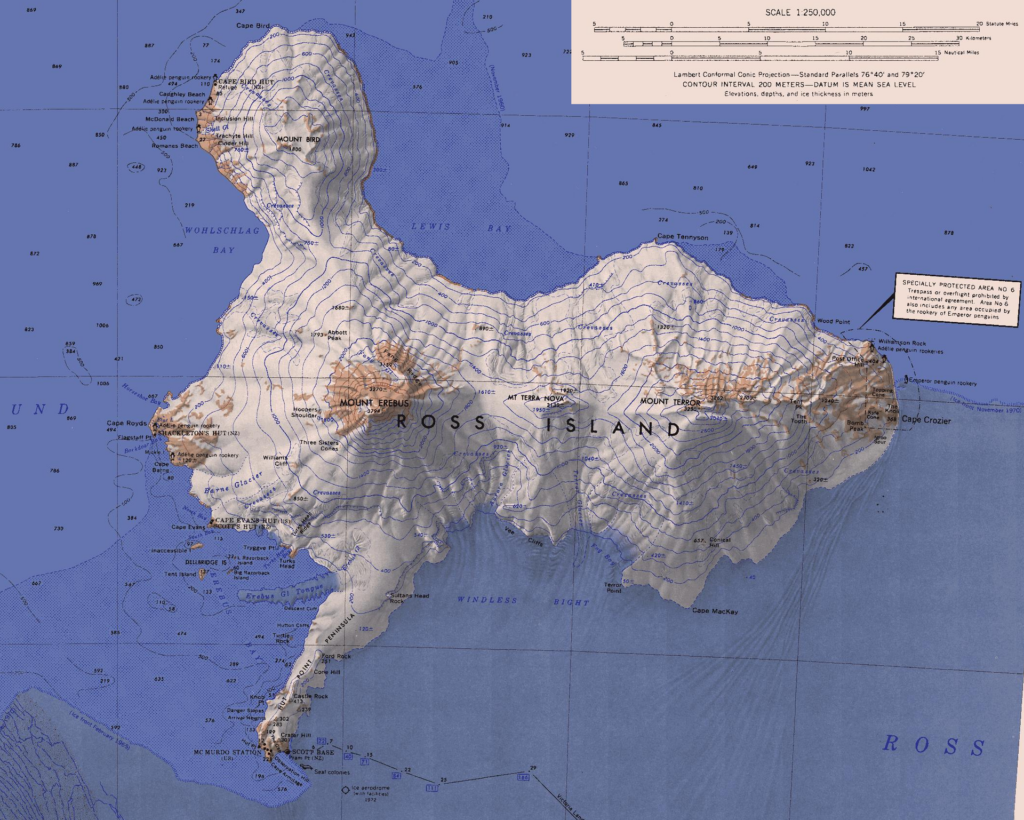
A How To Guide: Photographing Mount Erebus
If you are a landscape photographer looking for a unique and thrilling challenge, then Mount Erebus in Antarctica should be at the top of your list. As the world’s southernmost active volcano, it offers a stunning blend of geology, wildlife, and natural beauty that is unparalleled anywhere else on Earth. But capturing the essence of this frozen wonder requires careful planning, preparation, and technique. Here is a comprehensive guide to help you make the most out of your photography expedition to Mount Erebus.
1. Research and Preparation
Before embarking on your journey, invest time in researching Mount Erebus and Antarctica. Familiarize yourself with the volcano’s geology, climate, and wildlife. This knowledge will not only enhance your appreciation of the location but also assist in planning specific shots and compositions. Pay attention to seasonal variations, as they can significantly impact the access and conditions for photography.
2. Pack the Essential Gear
Proper equipment is crucial for capturing the beauty of Mount Erebus. Make sure to pack a sturdy tripod to keep your camera stable in potentially harsh weather conditions. Wide-angle lenses are ideal for capturing the vastness of the landscape, while a telephoto lens will help you capture detailed shots of wildlife. Don’t forget extra batteries, memory cards, and protective cases for your gear to ensure uninterrupted shooting in extreme temperatures.
3. Timing is Everything
While Mount Erebus is magnificent throughout the year, timing your visit correctly can significantly enhance your chances of capturing extraordinary shots. Aim for the months with extended daylight hours such as November or December when the landscape is covered in a pristine layer of snow. Additionally, consider planning your visit during periods of wildlife activity, as you may encounter penguins, seals, or even whales in the surrounding areas. These encounters can add depth and interest to your images.
4. Composition and Perspective
When it comes to composition, Mount Erebus offers endless possibilities. Experiment with different angles, framing techniques, and foreground elements to create captivating images. Look for patterns in the ice and unique geological formations to add layers and texture to your shots. Be conscious of leading lines and the rule of thirds to guide the viewer’s eye through the frame. Remember, the key is to capture the grandeur and raw beauty of this unique location.
5. Embrace the Elements
Antarctica’s extreme climate can present challenges, but it also provides opportunities for capturing unique images. Embrace the icy winds, snowstorms, and dramatic lighting conditions that can add drama and depth to your photographs. Use long exposure techniques to capture the movement of snow or create silky-smooth water textures in partially frozen lakes. Be sure to protect your gear from the elements with weatherproof covers and lens filters.
Frequently Asked Questions
1. Where is Mount Erebus located?
Mount Erebus is located in Antarctica, making it the southernmost active volcano in the world.
2. What makes Mount Erebus unique for landscape photography?
Mount Erebus offers a stunning backdrop for landscape photography due to its icy slopes, imposing presence, and the contrast it creates with the surrounding frozen terrain.
3. Can you capture wildlife in your Mount Erebus photographs?
Yes, Mount Erebus is home to a variety of wildlife, including seals, penguins, and birds. By exploring the area around the volcano, you may have the opportunity to capture these animals in their natural habitat.
4. Is it safe to photograph an active volcano like Mount Erebus?
While Mount Erebus is an active volcano, it is generally safe to photograph from a distance. It is essential to follow the guidance of professional guides and prioritize your safety when planning your photography expedition.
5. What is the best time of year to photograph Mount Erebus?
The best time to photograph Mount Erebus is typically during the Antarctic summer, between November and February. This period offers longer daylight hours and milder weather conditions, making it ideal for outdoor photography.
6. How can I capture the unique geology of Mount Erebus in my photographs?
To capture the unique geology of Mount Erebus, consider including the volcanic rock formations, the steam and gas emissions from the summit crater, and the contrasting textures of ice and snow in your compositions. Experiment with different angles and perspectives to showcase the geological features.
7. Are there any photography restrictions around Mount Erebus?
It is important to respect the fragile environment of Antarctica and follow the guidelines set by the Antarctic Treaty System. This may include restrictions on where you can photograph and guidelines for minimizing your impact on the wildlife and landscape.
8. What equipment do you recommend for photographing Mount Erebus?
When photographing Mount Erebus, it is recommended to have a sturdy tripod, a wide-angle lens for capturing the vast landscape, a telephoto lens for wildlife, and a polarizing filter to enhance the colors and reduce glare from ice and snow.
9. Can I visit Mount Erebus as a tourist?
Visiting Mount Erebus as a tourist requires proper planning and coordination with authorized tour operators. Access to the region is limited, and it is advisable to join organized expeditions led by experienced professionals who can ensure your safety and minimize your impact on the environment.
10. How can I learn more about photographing Mount Erebus?
For more information about photographing Mount Erebus and planning your expedition, consider consulting reputable photography guides, joining online communities or forums, and researching other photographers’ experiences in Antarctica.
Wrap Up
Mount Erebus in Antarctica is a photographer’s dream, offering a breathtaking combination of natural beauty, unique geology, and diverse wildlife. Capturing the essence of this active volcano through landscape photography is a thrilling yet challenging experience. The frozen landscapes, the majestic ice formations, and the rare wildlife make Mount Erebus a truly stunning subject.
Have you ever photographed Mount Erebus or any other active volcano? Share your experiences and tips in the comments below. Let’s engage in a conversation and inspire each other to capture the frozen frames of nature’s wonders!
